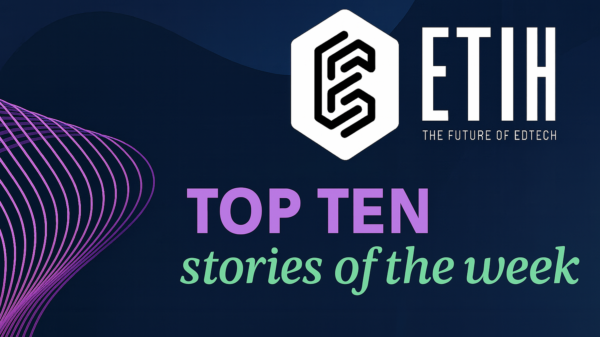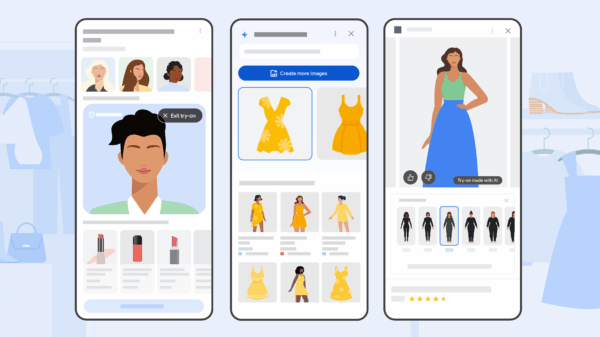AI is evolving beyond mere conversation; it is becoming a powerful agent of action. A recent report from McKinsey highlights the emergence of agentic AI, which is making significant strides in marketing, sales, and customer operations. Unlike traditional AI systems that serve as passive assistants, these new intelligent agents are actively involved in decision-making and task execution within business workflows.
These advanced AI systems can autonomously allocate budgets, customize offers, and manage inventory in real time, thereby enhancing operational efficiency and customer engagement. The McKinsey report outlines key insights for marketers, emphasizing how early adopters are leveraging agentic AI to accelerate execution, personalize experiences on a large scale, and reorganize teams for sustained competitive advantages.
Transformations in Marketing by 2026
As we look toward 2026, the marketing landscape is expected to undergo profound transformations driven by AI. Predictions suggest increasing automation, heightened personalization, enhanced decision-making, the rise of emerging technologies, and the emergence of ethical challenges in AI utilization.
The Role of Agentic AI
Agentic AI is currently capable of executing complete tasks across various stages of marketing and sales. It optimizes pricing strategies, advances lead qualification, customizes offers, and manages creative refresh cycles. The drive behind this shift is the growing adoption of agentic systems, which operate autonomously across complex business processes. While many companies still find themselves stuck in fragmented pilot projects, early adopters are already reaping substantial benefits. According to McKinsey, some Fortune 250 brands have experienced a 15-fold increase in campaign execution speed, reduced customer service time by 25%, and seen customer satisfaction soar by over 800% in certain cases.
See also Enhance Your Website”s Clarity for AI Understanding and User Engagement
Enhance Your Website”s Clarity for AI Understanding and User EngagementA notable example is a US airline that applied predictive AI to tailor compensation strategies during flight disruptions, resulting in a remarkable 59% reduction in churn rates among high-value customers.
Integrating AI into Business Workflows
Companies achieving significant impacts aren’t merely adding AI tools; they are fundamentally rethinking their operational processes. Agentic AI excels when integrated into comprehensive workflows rather than simply being bolted onto outdated systems. For instance, instead of just expediting complaint handling, organizations are using AI to anticipate customer issues and resolve them proactively. A European insurance company successfully redesigned its commercial model in just 16 weeks by embedding AI agents throughout the sales process, resulting in a dramatic increase in sales call reviews from 3% to 95%, a 25% reduction in call times, and instant access for frontline staff to over 1,000 policy documents.
Collaborative AI in Marketing
For agentic AI to scale effectively, it must be treated as a collaborative partner rather than a mere plug-in. This approach involves defining specific roles for AI agents, establishing performance metrics, and monitoring their development closely, akin to human team members. A major US homebuilder trained its AI agents to replicate the behavior of its top sales representatives by analyzing insights from 500,000 call transcripts. The company created unique agent “personas” with distinct conversational styles, monitored through performance dashboards. This initiative led to a threefold increase in appointment conversions, with some AI agents demonstrating levels of empathy and conversational fluency comparable to human representatives.
Marketers are encouraged to track new performance metrics such as learning speed, escalation accuracy, and conversation quality, rather than focusing solely on output volume.
Preparing for an Agent-Powered Future
As AI agents become integrated into marketing, sales, and customer service, traditional team structures are facing disruption. The emerging model emphasizes cross-functional human-AI collaboration, sharing data products, and aligned performance metrics. Some organizations are launching what are referred to as “agent factories,” internal hubs designed to standardize the development, training, and governance of AI agents. Each agent is assigned a specific role—whether as a lead orchestrator, task executor, or quality assurance monitor—helping to mitigate the risks of “agent chaos” where teams duplicate efforts and struggle with performance management.
To thrive in this evolving landscape, marketers must take proactive steps. Here are key strategies:
- Redesign for outcomes, not tasks: Focus on workflows that transform the entire buyer journey instead of limiting AI application to specific tasks like copywriting or lead scoring.
- Measure meaningful metrics: Shift from volume-based metrics to measuring how effectively AI agents adapt, personalize, and escalate issues.
- Enhance agent literacy: Ensure all team members—marketers, sales leaders, and customer experience professionals—understand the capabilities and training requirements of AI agents.
- Prepare for long-term change: Recognize that agentic AI isn’t just a one-time investment; it will reshape team dynamics, decision-making processes, and brand strategy over time.
- Monitor creative impact: Be aware that AI agents making real-time adjustments to offers or pricing can inadvertently influence brand tone, so creative oversight remains crucial.
In conclusion, agentic AI is redefining growth strategies in marketing and sales. Moving beyond mere experimentation with chatbots and automation, forward-thinking brands are reconfiguring their operational frameworks to place AI agents at the core of their processes. The pivotal question now is not just what AI can do for businesses, but what outcomes organizations are prepared to achieve with it and how they can free up human talent for uniquely human tasks.







































































